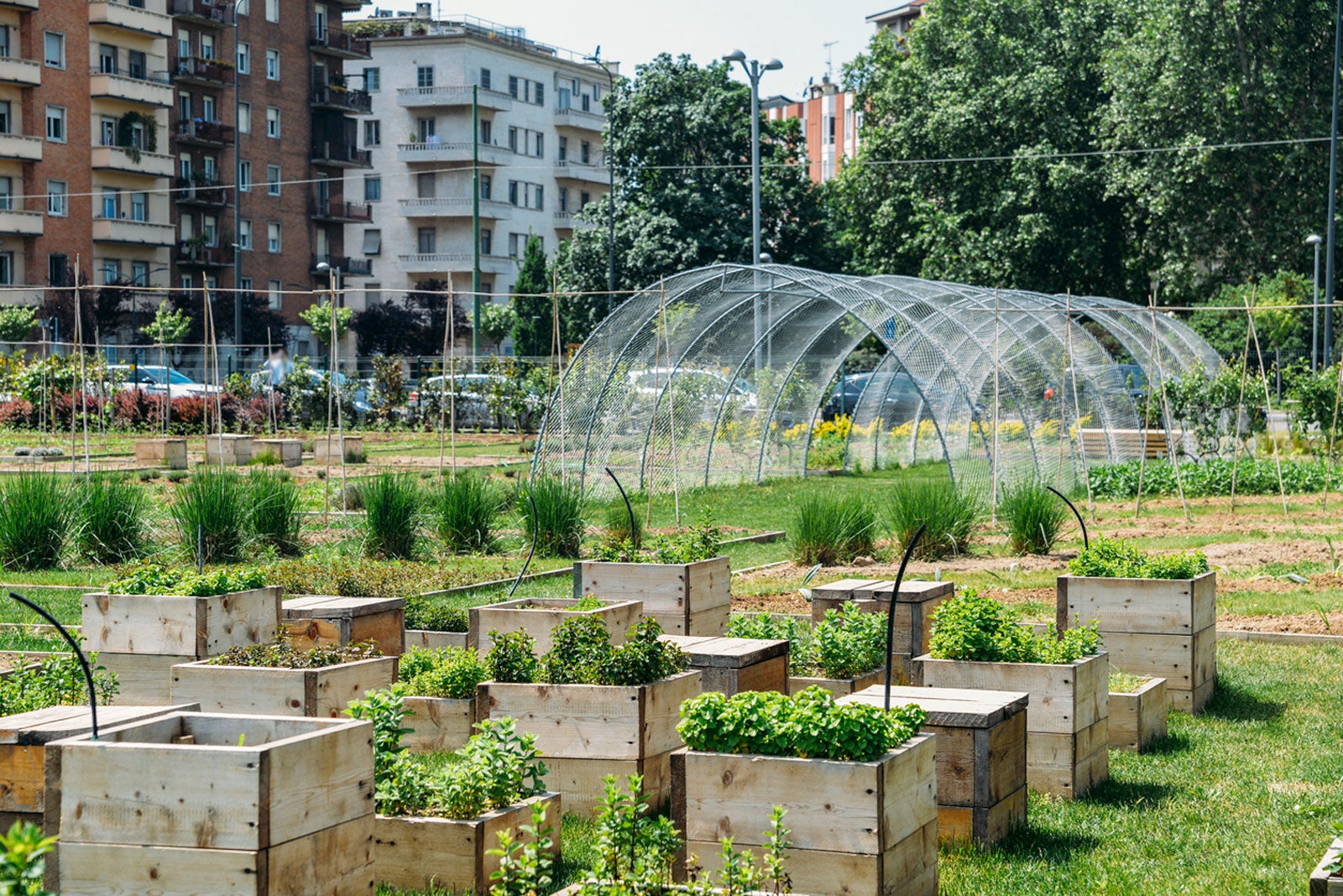A Biased View of City Blooming
Table of ContentsAn Unbiased View of City BloomingRumored Buzz on City BloomingCity Blooming - QuestionsExamine This Report about City Blooming6 Easy Facts About City Blooming Explained
Intrigued in expanding food for sale in the City of Chicago? Below is a listing of often asked questions regarding the rules and policies that cultivators must think about when planning a metropolitan farming job.
The zoning modification does not modify any kind of other codes taking care of composting, building authorizations, acquiring or renting City had building, company licenses or environmental contamination. There are existing codes that manage these concerns and they stay in full effect and might apply to your job. Community gardens are usually possessed or taken care of by public entities, civic organizations or community-based companies and preserved by volunteers.
Urban farms expand food that is meant to be sold, either on a nonprofit or for-profit basis. Due to their industrial objective, urban ranches need a company permit.
8 Easy Facts About City Blooming Explained
Composting is allowed however just for plant material that is produced and utilized on website. The quantity of compost product can not exceed 25 cubic backyards at any type of offered time according to the standards in 7-28-715 of the City's Municipal Code. Yes. Because the soil at most new yard sites requires modifying, compost, dirt, wood chips, or various other materials can be acquired to create or improve the expanding area - sustainability.

If a structure authorization is required after that the hoophouse will certainly be considered an accessory structure. You can discover even more about the structure permit requirements by calling the Division of Buildings. The 25,000-square-foot size limitation is planned to avoid a solitary community yard from dominating a provided block or interfering with the block's existing property or commercial character.
The limitation does not put on yards located in Public Open Space (POS) districts. Can there be greater than one area yard that is 25,000 square feet on a solitary block? Yes. The size limit relates to private yards, not to specific blocks. No. Fencing is not required, nevertheless, gardens that have big parking lot might be required to set up secure fencing or various other landscape design features.
The Best Strategy To Use For City Blooming
B1 & B2 districts require that all industrial usage activities be conducted indoors. Is secure fencing required for metropolitan ranches? Fencings might be called for, along with landscape design and testing, for specific auto parking areas and outside job or storage areas depending on location and the certain task taking area.
Yes. Urban ranches require building authorizations and zoning authorizations prior to construction. Various other forms of city review may be required depending upon particular frameworks, tasks, size, landscaping, licensing, public health and stormwater administration concerns. Most of these needs are identified in the project layout or permitting procedure, nonetheless, the applicant may be liable to separately recognize specific licenses or permits that may be required.
Yes. The sort of license is established by what is taking place at the website. The Department of Company Matters and Customer Security can assist establish the specific sort of organization permit that's called for. Yes. Off road vehicle parking is required for many business jobs in Chicago. The required variety of garage is based on the variety of workers servicing site and not the square video footage of the growing room.
The City Blooming PDFs

Yes. A city farm can market compost product generated on website, nevertheless, the procedure should conform with the laws in 7-28-715 of the Chicago Municipal Code. Yes. Aquaponic systems are allowed inside your home on urban farms in numerous zoning districts. A zoning review and structure license is required in order to mount frameworks or systems and a service license is required as described above.
As much as 5 hives or colonies of honey bees may be kept as an accessory usage. Nonetheless, beekeepers should register with the Illinois Department of Agriculture. To find out more concerning the recommended zoning modification you might contact the Department of Housing and Economic Growth, Bureau of Preparation and Zoning at 312.744.8563.
Farming in cities and city areas A metropolitan farm in Chicago. Urban farming refers to various techniques of growing. https://www.twitch.tv/cityblooming/about, handling, and distributing food in urban locations. The term resource likewise uses to the area activities of animal husbandry, tank farming, beekeeping, and gardening in an urban context. Urban agriculture is distinguished from peri-urban farming, which occurs in country areas at the edge of suburban areas.
City Blooming for Dummies
, that seek to develop social networks started on a shared principles of nature and neighborhood holism. These networks can develop by way of official institutional assistance, ending up being incorporated right into neighborhood town preparation as a "change town" motion for lasting urban advancement.
In either case, the extra straight accessibility to fresh vegetable, fruit, and meat products that might be become aware via urban agriculture can improve food safety and food safety and security while reducing food miles, causing reduced greenhouse gas emissions, consequently adding to climate change reduction. Some of the very first proof of metropolitan agriculture comes from Mesopotamia.